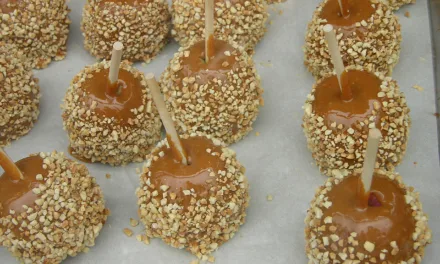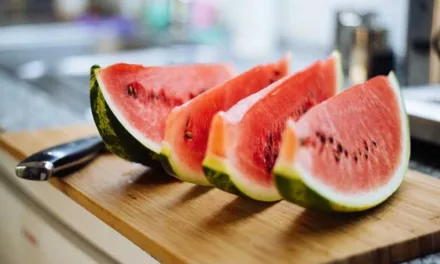Beer is one of the oldest and most widely consumed alcoholic drinks in the world, and the third most popular drink overall after water and tea. It is made primarily from four basic ingredients: water, malted barley (though other grains can be used), hops, and yeast. The brewing process involves fermenting these ingredients, which produces alcohol and carbonation, resulting in beer.The basic steps in brewing include malting, mashing, boiling, fermenting, conditioning, and packaging. Here’s a brief overview of each:
- Malting: Grains (usually barley) are soaked in water and allowed to germinate. They are then dried in a kiln, which stops germination and produces malt.
- Mashing: The malt is mixed with hot water to activate enzymes, which convert the starches in the malt into sugars. This produces a sweet liquid called “wort.”
- Boiling: The wort is boiled, and hops are added for flavor, aroma, and bitterness. This also sterilizes the wort.
- Fermenting: The boiled wort is cooled and transferred to a fermentation vessel, where yeast is added. The yeast ferments the sugars, producing alcohol and carbon dioxide. This can take from a few days to several weeks.
- Conditioning: The beer is aged, which can happen in the fermentation vessel or after the beer is packaged. This process allows flavors to mature and develop.
- Packaging: The beer is then packaged in bottles, cans, or kegs for distribution and consumption.
There are many different styles of beer, ranging from light and refreshing to dark and rich, influenced by factors like the type and amount of grains used, the choice of hops, the strain of yeast, and the brewing process. Common styles include lager, ale, stout, porter, and pilsner, each with its own distinct characteristics and flavor profile. The diversity of beer styles and flavors makes it a versatile beverage that can be enjoyed in a wide range of settings and pair well with various cuisines.
Image from Wikipedia






Recent Comments